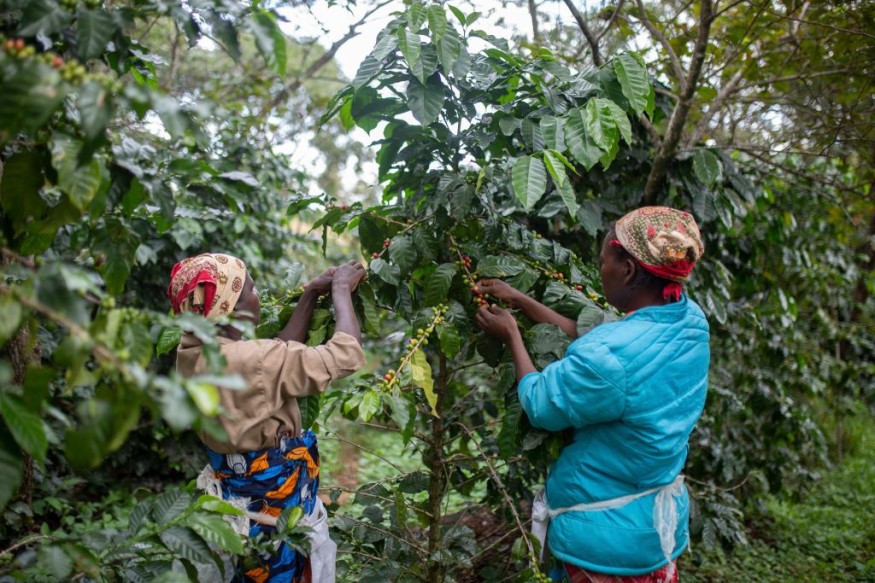
The Gorongosa National Park alongside a community of farmers in Mozambique has been saved and sustained thanks to coffee farming.
Mozambique Coffee
Most people agree that Africa is where coffee originated, and today, some of the best coffee in the world is thought to come from Ethiopia and Kenya. A newcomer from the continent, though, is Mozambique, which is trying to establish a reputation for itself.
In order to grow coffee in an ethical and environmentally responsible manner, the nation this year joined the International Coffee Organization.
The Gorongosa Coffee Project has contributed to Mozambique's efforts to become a global leader in the coffee industry. It was established in 2013 to recover the national park it is located in, a 1,500-square-mile region in the middle of the nation. Around 200,000 people live there, together with famous African elephants and lions. Today, coffee is also giving the local communities a second source of income.
Gorongosa Coffee Project and a Community of Farmers
Juliasse Sabao, supervisor of the Gorongosa Coffee Project, shares a transformative story of how coffee brought change to a community within a national park. Previously, the residents were subsistence farmers, struggling to produce enough for their families. The project introduced coffee cultivation, providing training and indigenous tree seedlings for shade and reforestation.
Today, coffee is a source of income, enabling families to afford education, uniforms, and essentials. Initially, only 10 families participated, but over a decade, around 1,000 families joined as farmers, roasters, pickers, and tasters. Success stories spread, drawing more people into the initiative.
Sofia Molina, head of the project, emphasizes the growing coffee quality and believes that profit alone isn't sustainable. Reforestation and community involvement are crucial. Sabao concurs, highlighting coffee as a catalyst for reforestation, uniting financial gain and environmental restoration.
South Africa is the largest market for the coffee from Gorongosa, which is primarily exported within Africa. Tanzania, Malawi, Kenya, and the neighboring country of Zimbabwe are all potential new markets for the business.
By inviting farmers from other nations to see the park model and sending its own employees there, The Coffee Project is also promoting the exchange of ideas.
Reforestation After Degradation
Reforestation is vital for Gorongosa Park, which has suffered from natural disasters, conflict, and development, harming its wildlife. Creatures like the Mount Gorongosa pygmy chameleon are endangered due to habitat loss, making environmental restoration crucial for biodiversity protection.
Coffee cultivation, coupled with conservation, has tripled annual revenues for some communities, making them Mozambique's top coffee producers. Profits fund school construction and teacher training, with a focus on empowering local girls by offering safe spaces, discouraging child marriages, and providing after-school programs that promote ecosystem awareness and play - a missing element in their lives before.
Gorongosa National Park Revival
One of Africa's biggest success stories in wildlife restoration, according to Vasco Galante, the national park's head of communications, is the revitalization of Gorongosa National Park. He claims that the manufacturing of coffee has contributed to this and that sales of the commodity have enabled consumers to participate in the self-sustaining system that supports the park's restoration and protection, generates employment, and offers its residents healthcare, education, and training.
Related Article : Coffee Farming Yields Down By 50% Due to Rising Temperatures
© 2025 NatureWorldNews.com All rights reserved. Do not reproduce without permission.





